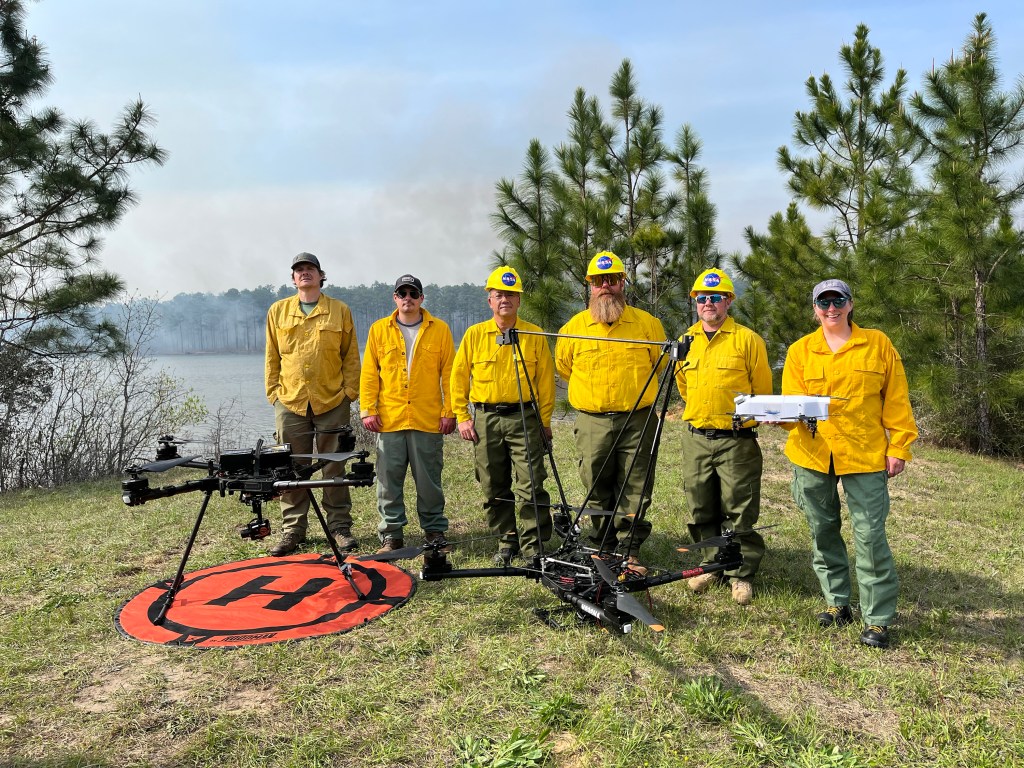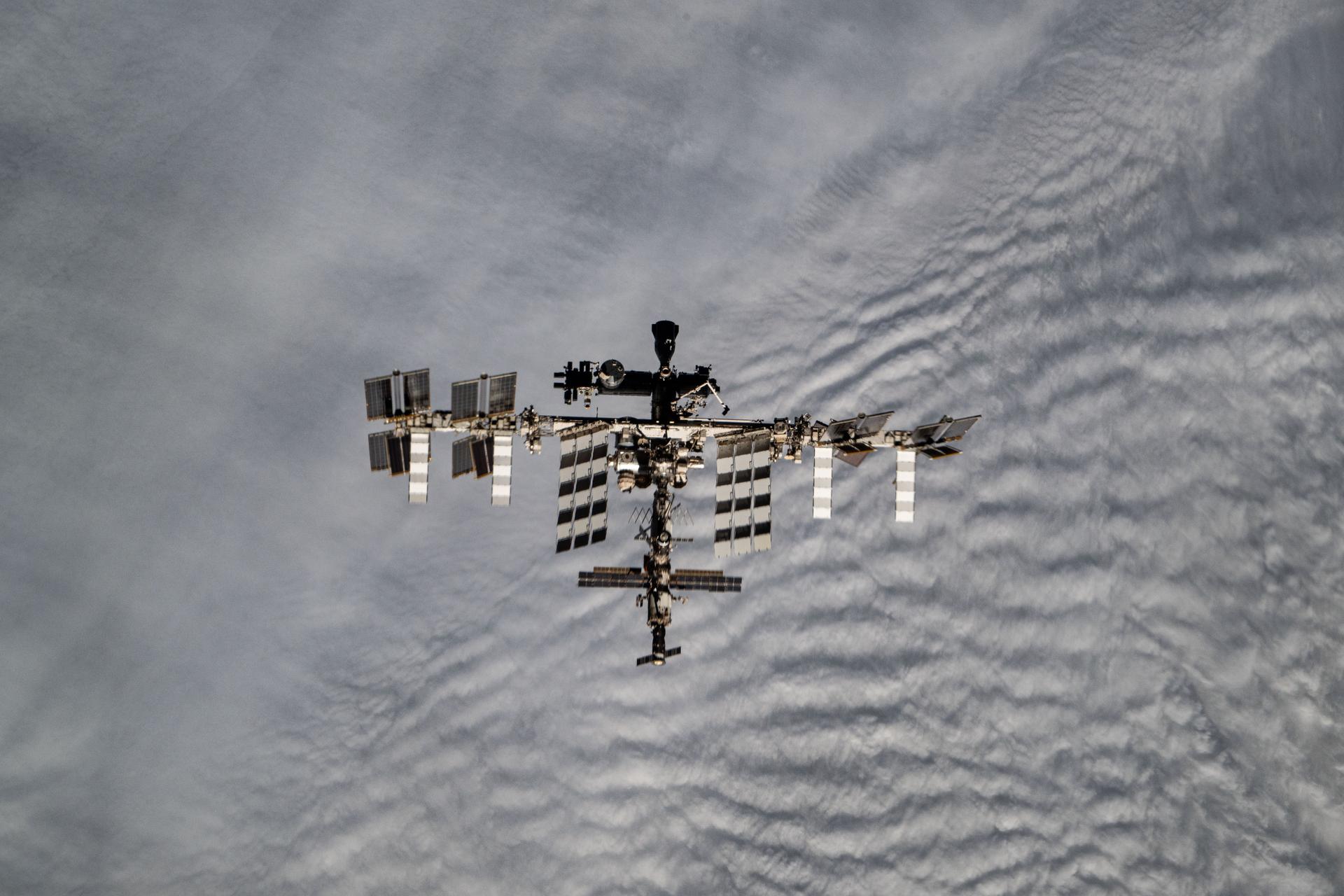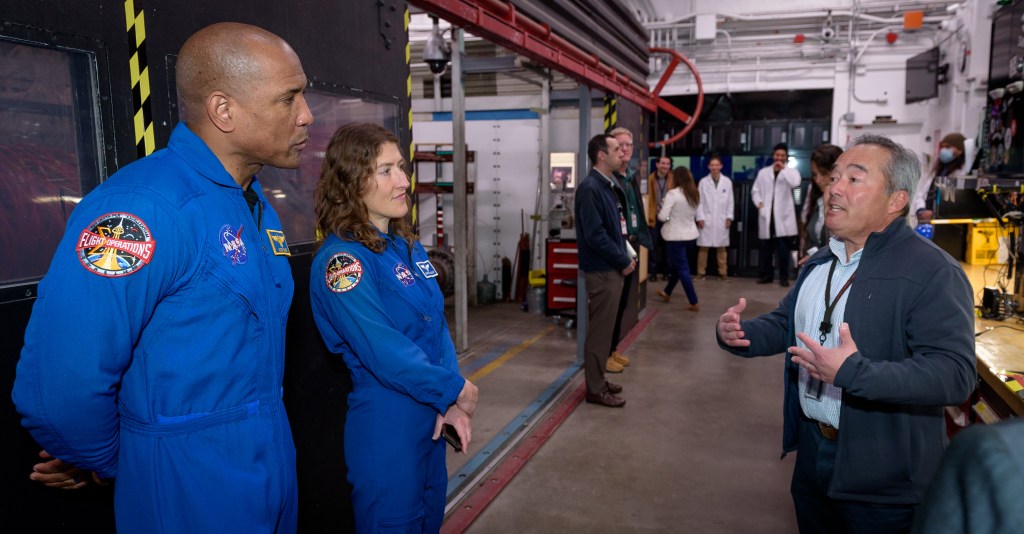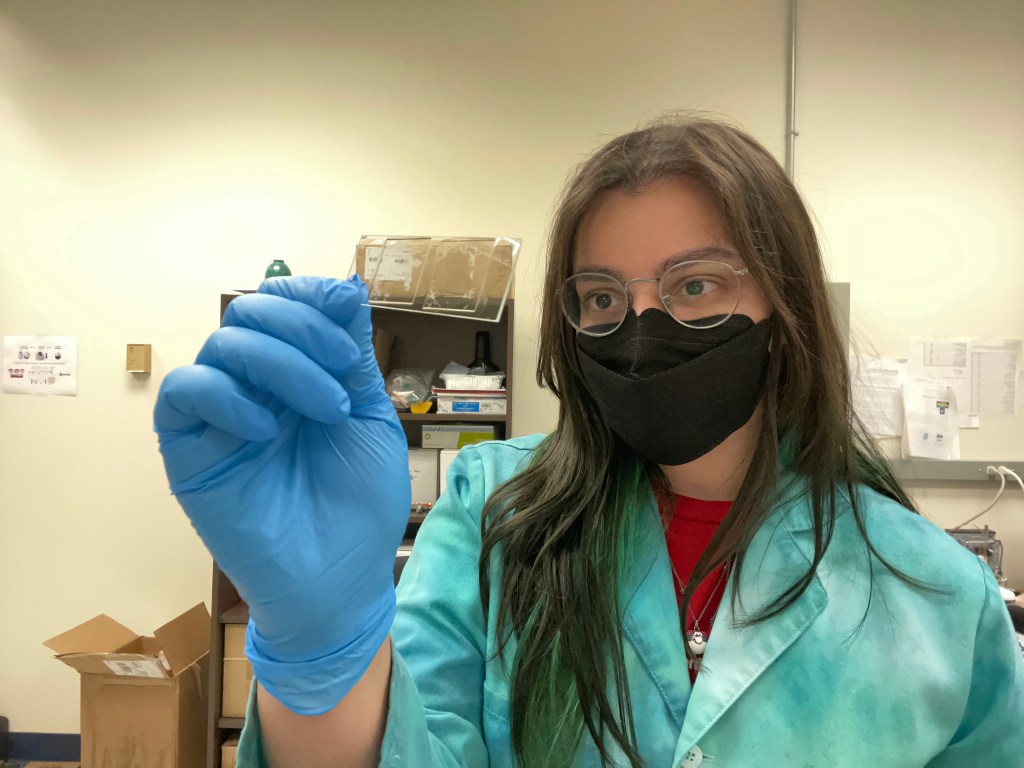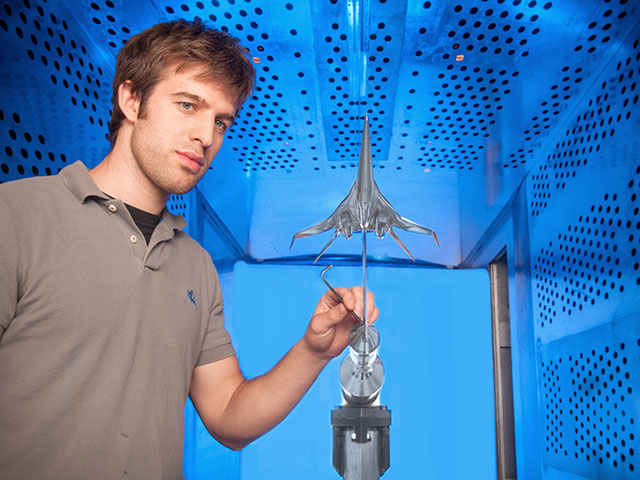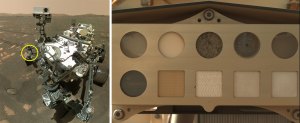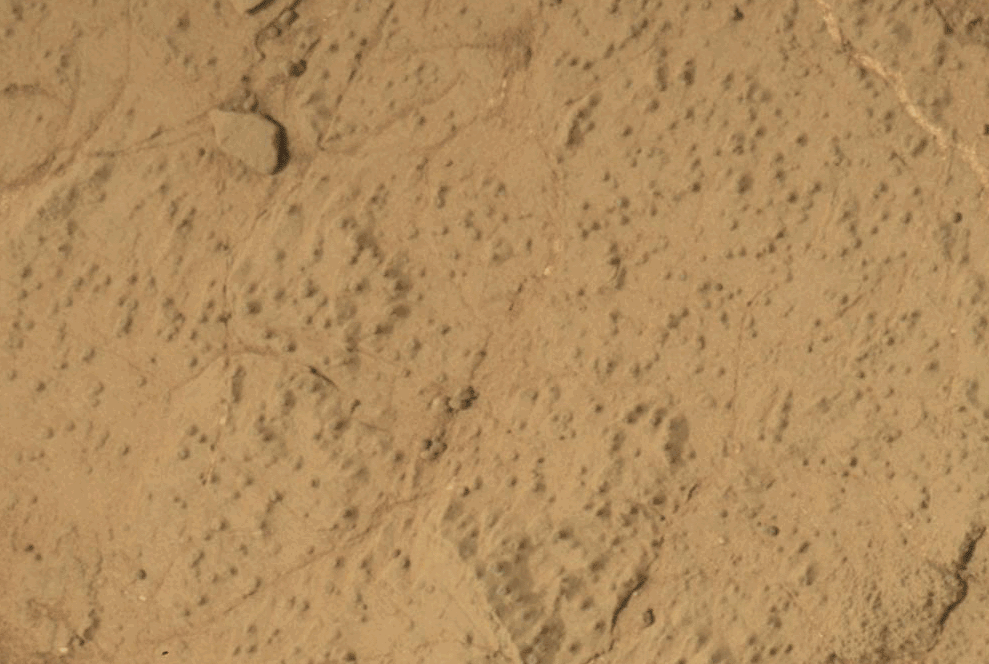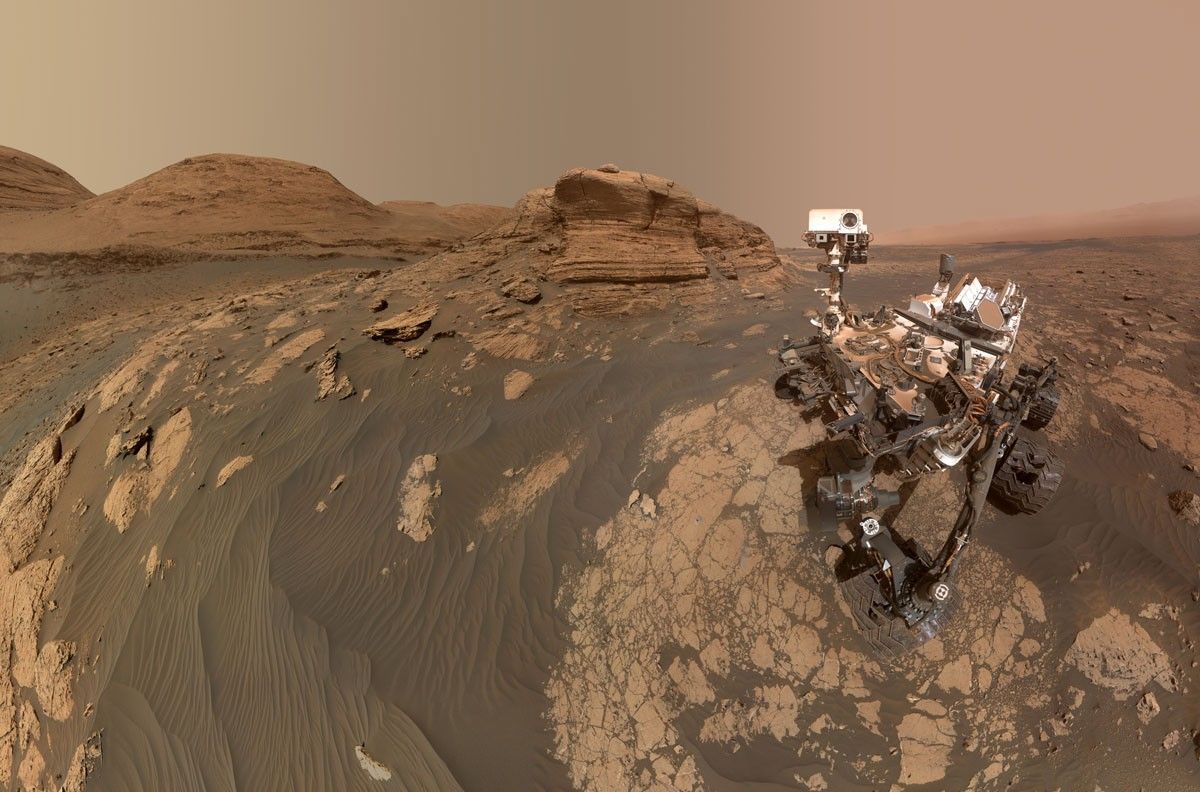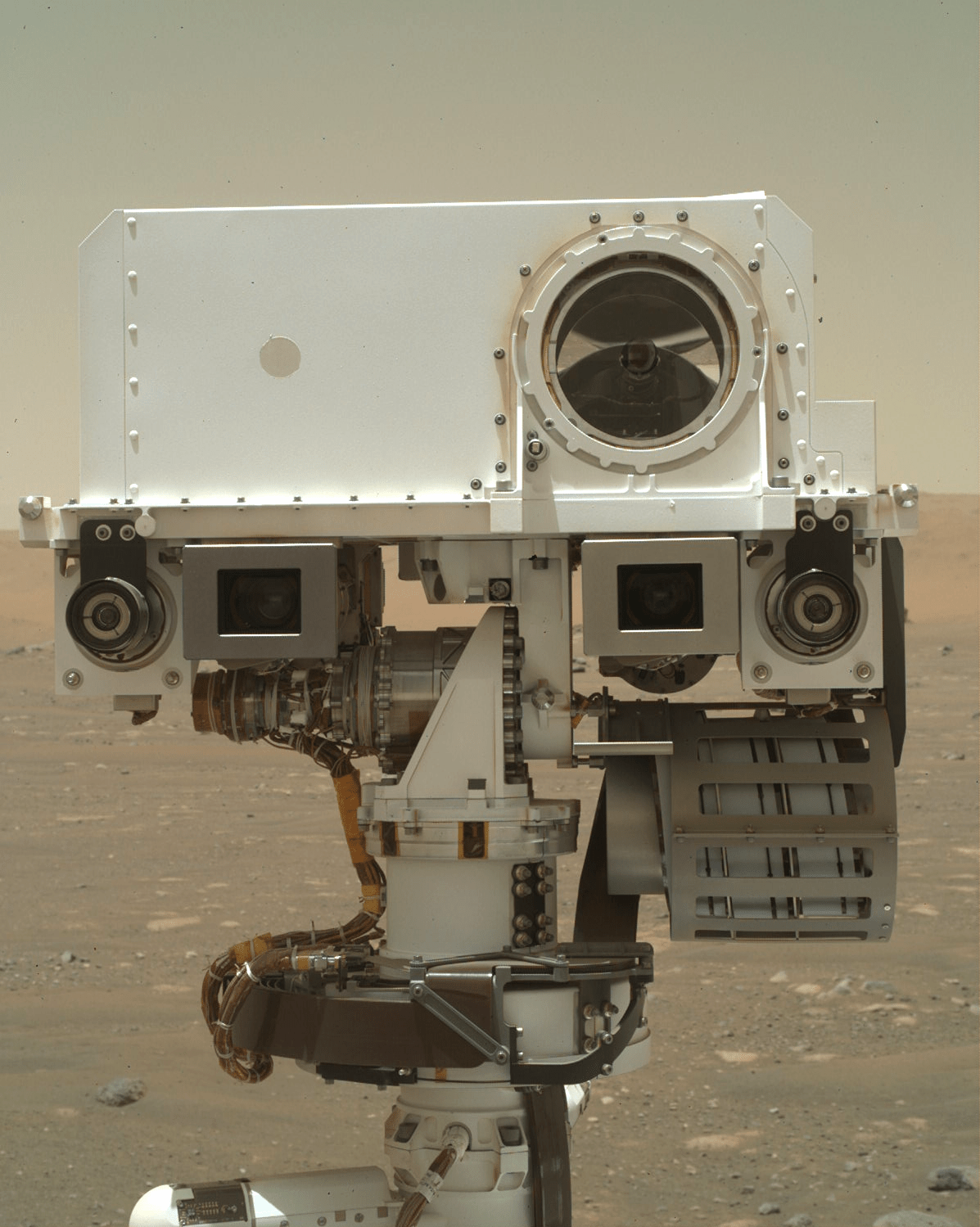After the mission's heat probe began hammering last week, it appears to have hit a rock. The team is analyzing data before they hammer again.
Updated at 5 p.m. PDT (8 p.m. EDT) on April 11: InSight's Heat and Physical Properties Package (HP3) instrument completed a new round of diagnostic hammering into the Martian surface on March 26, 2019, while the spacecraft's seismometer listened in. The team working with the heat probe is continuing to analyze seismic data from this test. Based on the time between hammer strikes, scientists may be able to learn something new about what's obstructing the probe from digging farther underground.
This week, the German Aerospace Center (DLR) is busy wrapping up tests at a facility in Bremen, Germany, to better understand the properties of Martian soil. There are many questions about how the soil around InSight compacts or shifts during hammering. In addition to investigating whether the probe has struck a rock or a layer of gravel, scientists are exploring whether this sand isn't providing enough friction for the probe, also known as "the mole," to dig down. Find more information about DLR's recent testing here.
Even more testing is due to happen on Earth in coming weeks, after a replica of the HP3 instrument, which has been shipped to NASA's Jet Propulsion Laboratory in Pasadena, California, arrives and is set up. Engineers will use it to further analyze how InSight's robotic arm might be used to lift or move the mole's support structure as it digs.
Updated at 8 a.m. PDT (11 a.m. EDT) on March 21: More imaging and testing are planned to further study InSight's heat probe, formally known as the Heat and Physical Properties Package (HP3). That testing includes a new round of hammering, which was last attempted March 2. Many ideas for freeing up the mole are being considered, all of which will require at least several more weeks of careful analysis.
There is still little clarity as to whether the "mole" — the nickname for the self-hammering spike that is part of HP3 — is being blocked by a single rock or a layer of gravel. There is also the possibility that the probe or its cable might be stuck on something inside the instrument's protective housing.
Scientists had hoped to get the probe into the ground within a few months of InSight's landing. But so long as it eventually digs at least 10 feet (3 meters) underground, they can get useful science about the Martian interior regardless of when that happens.
Later this month, the team plans to conduct a 10-to-15-minute hammering test. That will allow InSight's seismometer to "listen" to the mole striking whatever obstacle it has hit, offering possible clues as to what may be blocking it. Meanwhile, the camera on InSight's robotic arm will photograph the mole's support structure in the hopes of catching any possible motion induced by the mole during hammering.
In April, a replica of HP3 will be shipped to NASA's Jet Propulsion Laboratory in Pasadena, California. That will allow JPL's team to begin testing in concert with German Aerospace Center (DLR) engineers working with similar models in Bremen, Germany.
Read more at DLR's HP3 blog here:
https://www.dlr.de/blogs/en/all-blog-posts/The-InSight-mission-logbook.aspx
Updated at 11 a.m. PST (2 p.m. EST) on March 7: The temperatures in the fourth paragraph have been edited for accuracy.
NASA's Mars InSight lander has a probe designed to dig up to 16 feet (5 meters) below the surface and measure heat coming from inside the planet. After beginning to hammer itself into the soil on Thursday, Feb. 28, the 16-inch-long (40-centimeter-long) probe — part of an instrument called the Heat and Physical Properties Package, or HP3 — got about three-fourths of the way out of its housing structure before stopping. No significant progress was seen after a second bout of hammering on Saturday, March 2. Data suggests the probe, known as a "mole," is at a 15-degree tilt.
Scientists suspect it hit a rock or some gravel. The team had hoped there would be relatively few rocks below ground, given how few appear on the surface beside the lander. Even so, the mole was designed to push small rocks aside or wend its way around them. The instrument, which was provided for InSight by the German Aerospace Center (DLR), did so repeatedly during testing before InSight launched.
"The team has decided to pause the hammering for now to allow the situation to be analyzed more closely and jointly come up with strategies for overcoming the obstacle," HP3 Principal Investigator Tilman Spohn of DLR wrote in a blog post. He added that the team wants to hold off from further hammering for about two weeks.
Data show that the probe itself continues to function as expected: After heating by about 18 degrees Fahrenheit, it measures how quickly that heat dissipates in the soil. This property, known as thermal conductivity, helps calibrate sensors embedded in a tether trailing from the back of the mole. Once the mole is deep enough, these tether sensors can measure Mars' natural heat coming from inside the planet, which is generated by radioactive materials decaying and energy left over from Mars' formation.
The team will be conducting further heating tests this week to measure the thermal conductivity of the upper surface. They will also use a radiometer on InSight's deck to measure temperature changes on the surface. Mars' moon Phobos will pass in front of the Sun several times this week; like a cloud passing overhead, the eclipse will darken and cool the ground around InSight.
For more details, visit DLR's blog:
https://www.dlr.de/blogs/en/desktopdefault.aspx
For more information about InSight, visit:
https://mars.nasa.gov/insight/
News Relations Contact
Andrew Good
Jet Propulsion Laboratory, Pasadena, Calif.
818-393-2433
andrew.c.good@jpl.nasa.gov


